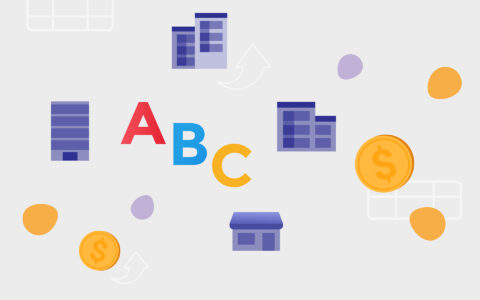When I first became a marketing manager, I imagined leadership as something grand. The kind of role where you walk into the office, say a few inspiring lines, and people just know what to do. I thought leading meant being the loudest voice in the room, the one with all the answers. But I was wrong.

What I quickly discovered was much less glamorous. Leadership was confusion on Monday mornings, endless questions I hadn’t thought of, team conflicts I wasn’t prepared for, and mistakes that stared me. It was learning in the hardest possible way that people don’t follow speeches. They follow clarity, consistency, and trust.
And while I learned this inside a marketing team, every small business owner will recognize the same patterns.
Leading is leading, no matter the size of your organization or team.
Table of content
Clarity Over Speeches
The Power of Listening
Why Tools Can’t Replace Trust
The Strength of Admitting You’re Wrong
The Hidden Backbone of Leadership
Clarity Over Speeches
I once gave what I thought was an incredible pep talk before a campaign. Everyone nodded, smiled. But then quietly asked each other what they were supposed to do? It was a punch in the stomach. I understood that energy without direction is wasted.
People don’t want fireworks. They want clarity. When I learned to stop inspiring and start explaining, things started moving in the right direction. For business owners, this is just as true. Your team isn’t waiting for slogans, they’re waiting for a map!
The Power of Listening
Two colleagues on my team had a heated disagreement. I rushed in with solutions, thinking I was doing my job as a leader. Instead, I made it worse. Every suggestion I added became another battlefield.
The breakthrough came when I stopped talking. I just listened. Slowly, they found common ground themselves. It was uncomfortable but powerful. Leaders often think they need to solve problems. But sometimes they just need to make space for others to solve them.
Why Tools Can’t Replace Trust
I used to believe that if the numbers looked good, the work was good. Dashboards gave me a sense of control. Then came the campaign the data loved (an email heatmap showed a lot of clicks and a high open rate), but no customers attended the promoted event.
That’s when I realized that no tool could replace the human side. Metrics are neat, people are messy. Tools can guide you, but they can’t replace trust between you and your team. Or between your company and your customers. Business owners know this tension well: the tool says one thing, reality says another.
The Strength of Admitting You’re Wrong
One of my most challenging lessons came when I forced a project through, despite my team raising doubts. It failed, exactly as they predicted. I stood there with two options: hide the mistake or admit it. I chose honesty. And the surprising result was more respect, not less.
For anyone running a business, this is a critical truth. Admitting mistakes doesn’t weaken your authority; it actually strengthens it.
People follow humans, not flawless machines. Especially in the AI era we are currently living in.
The Hidden Backbone of Leadership
Leadership is not a stage with bright lights. It is a quiet routine of clarity, listening, trust, honesty, and simple, regular tasks! None of it feels glamorous, but all of it matters.
And because chaos never disappears (emails pile up, tasks get lost, meeting notes slip through), you need structure. For me, that structure is CRM.
And yes, it doesn’t make me a better leader, but it keeps the noise under control, allowing me to focus on the lessons above.
That’s the real backbone of leadership: giving people the conditions to thrive while the system quietly holds everything together in the background.
Discover Outlook CRM (the tool I not only market but use every day as well. It's nice, simple, and fully integrated into Outlook and MS Teams).











